According to Simon Nicholson’s Theory Of Loose Parts:
“In any environment, both the degree of inventiveness and creativity, and the possibility of discovery, are directly proportional to the number and kinds of variables in it.”
Nicholson clarifies that variables include concepts like Gravity and The Law’s of Motion, sensory experiences such as music or the texture of a tree’s bark, natural elements like fire and water, and even animals—like seagulls.
Seagulls, known to some as Feathered Rats, are Loose Parts.
A favorite activity when I’m near the shore is to observe human-gull interactions. The shooing, the battles for food, the struggle for territory, the coordinating, the attempts to engage, the attempts to be left alone, the scheming, and so much more are fascinating to watch.
For example, in Melbourne’s Federation Square not too long ago, a gull dove in a blur of feathers from the sky behind my wife, Tasha. It’s goal: startling her into dropping the slice of pepperoni pizza she was munching. It was a technique we’d seen a dozen times over the previous few days.
It was nearly as impressive as the techniques the humans used to keep the birds at bay. They puffed themselves up and hunched over their food. They flapped their arms and kicked at the birds. They walked in zigzag patterns. They shouted, shooed, and cussed. They offered up morsels now and again as tribute to the aggressive fiends. They worked hard to come up with ways to deal with these tenacious flying variables.
Human-gull engagement goes beyond the battle for food and territory. Here’s my favorite all time seagull-related play observation:
At Clearwater Beach in Florida, I watched a girl (about 8) and her brother (about 5) trying to catch a gull. Their father looked on, sipping a beer. The kids tossed a beach towel whenever a bird landed near them, attempting to trap it under the towel.
Interested in their efforts, I started up a conversation with the father, so I’d have a reason to linger, “They caught one yet?”
“Nope. Been at it for over an hour, too!”
“There’s worse ways to spend a day.”
“Yep, this is better than their damn video games.”
By this point their efforts had evolved. The brother would hold a Dorito as bait high above his head to draw in the birds and the girl would toss the towel, hoping to trap a hungry bird and her little brother beneath it. The throws were never high enough, and the bird easily got away with at least part of the chip.
“Think he’s thought about what it’ll be like trapped under that towel with an angry gull or three?” I asked.
“Nope…but she has. She’s the thinker of the pair. If there was an upside to Chip Holder, she’d have that job.”
Just then the girl ran up, grabbed a shovel, and shouted, “I got a great idea!”
“Good luck,” the Dad encouraged after a long sip.
The kids dug a hole 30 inches deep.
The brother was instructed, “get in! Then hold the chip right on your head. Not above it!”
She had lowered the chip and lowered her brother—increasing her chances of tossing the towel high enough to catch a bird when it went in for a chip.
“Smart girl,” smiled the Father. *
***
Talk about inventiveness, creativity, and discovery! Talk about STEM learning! Talk about play! That’s a lot of exclamation marks from me, but it’s exciting when children have the freedom and trust to take charge of their own lives/play/decisions/learning.
Back to seagulls. While they offer plenty of opportunities for inventiveness, creativity, and discovery, I’m not suggesting early learning programs invest in flocks of playground seagulls or that the birds become the next must-have birthday present for 3 to 6-year-olds. “Seagulls on every playground,” may sound like a great idea, but it’s a tad impractical–and it’d drive child care licensing agencies nuts when you consider all the gull poo and the large body of open water that’d become necessary at each location.
Here’s something more practical: professional caregivers and parents could pay closer attention to the living loose parts in their play environments—the bugs, birds, bats, occasional badgers, and even beasts that don’t start with the letter B.
Some programs embrace the animal life around them. On a bush school visit in Australia, a pair of nine year old girls explained that if we sat still in a tree for a while the kangaroos would come out to forage. They also advised that I watch for snakes but not worry about them because, “most aren’t deadly.”
Other play space overseers seem to actively work to eradicate animal life, creating near-sterile environments—no trees or shrubs, no real grass, no water features, lots of concrete and asphalt. What self-respecting critter would want to call such a place home?
Some questions to consider:
- How can living variables become part of the curriculum children build for themselves?
- How can more critters become part of our play space?
- How do I help children engage with critters safely and healthfully?
- What natural loose parts could I add to the play space to invite more living loose parts?
- What resources can I consult to learn more about the critters that call our area home?
- How can I get other stakeholders to buy into the concept of living things as loose parts?
*I have no idea if the kids caught a seagull, I headed on down the beach. As with all play, the process is the important part.
Post Author
Jeff Johnson is an early learning trainer, podcaster, and author who founded Explorations Early Learning, Playvolution HQ, and Play Haven.
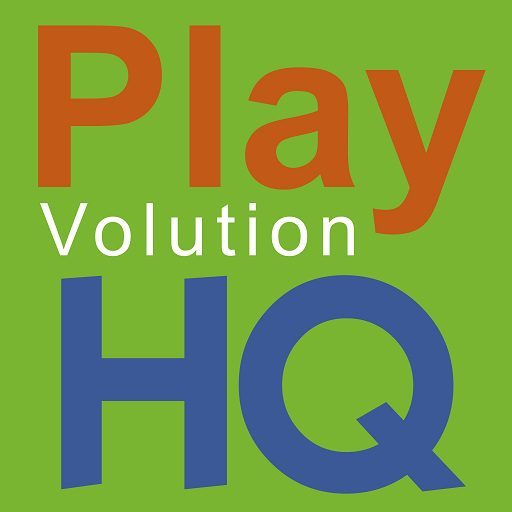
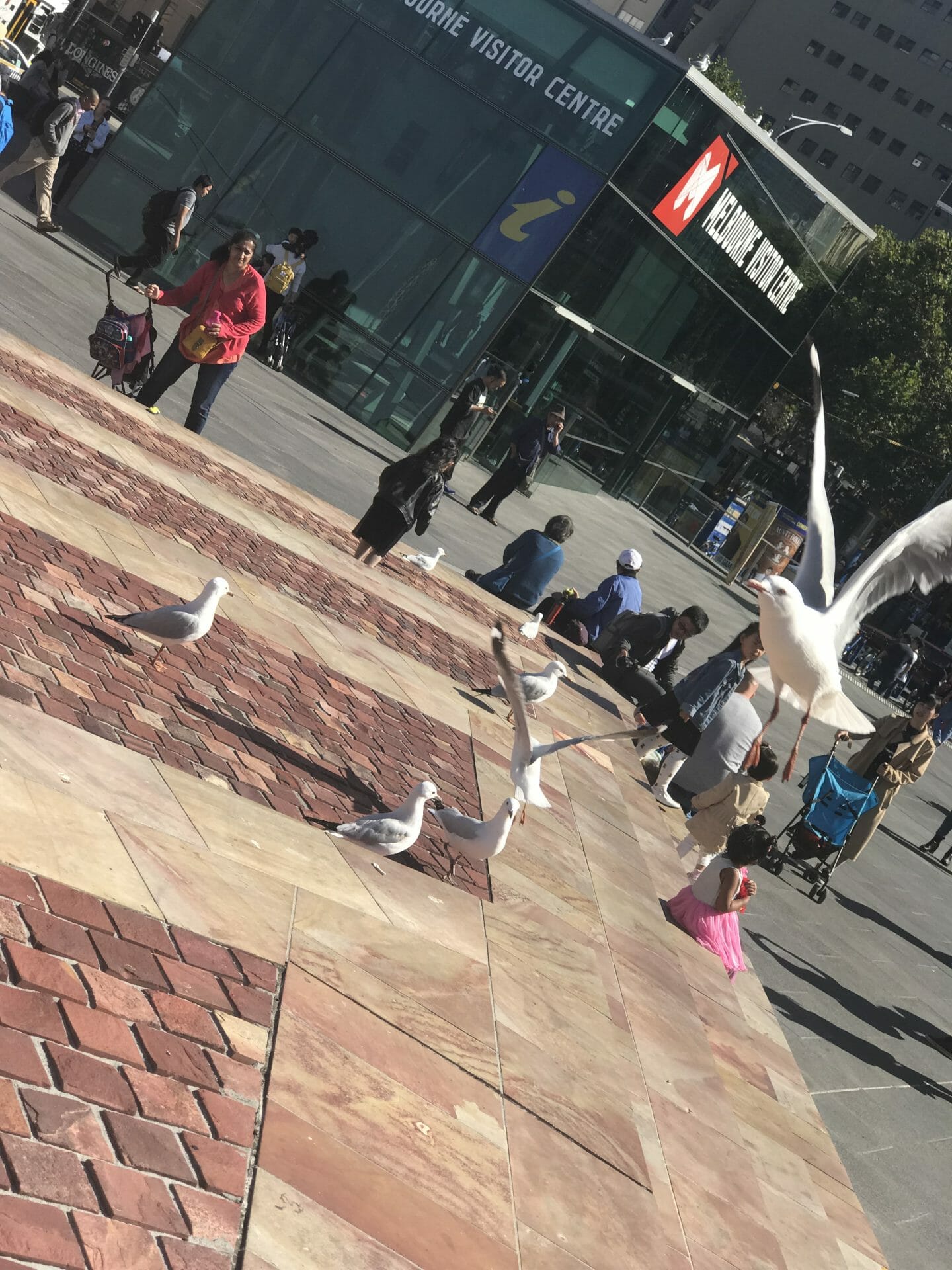
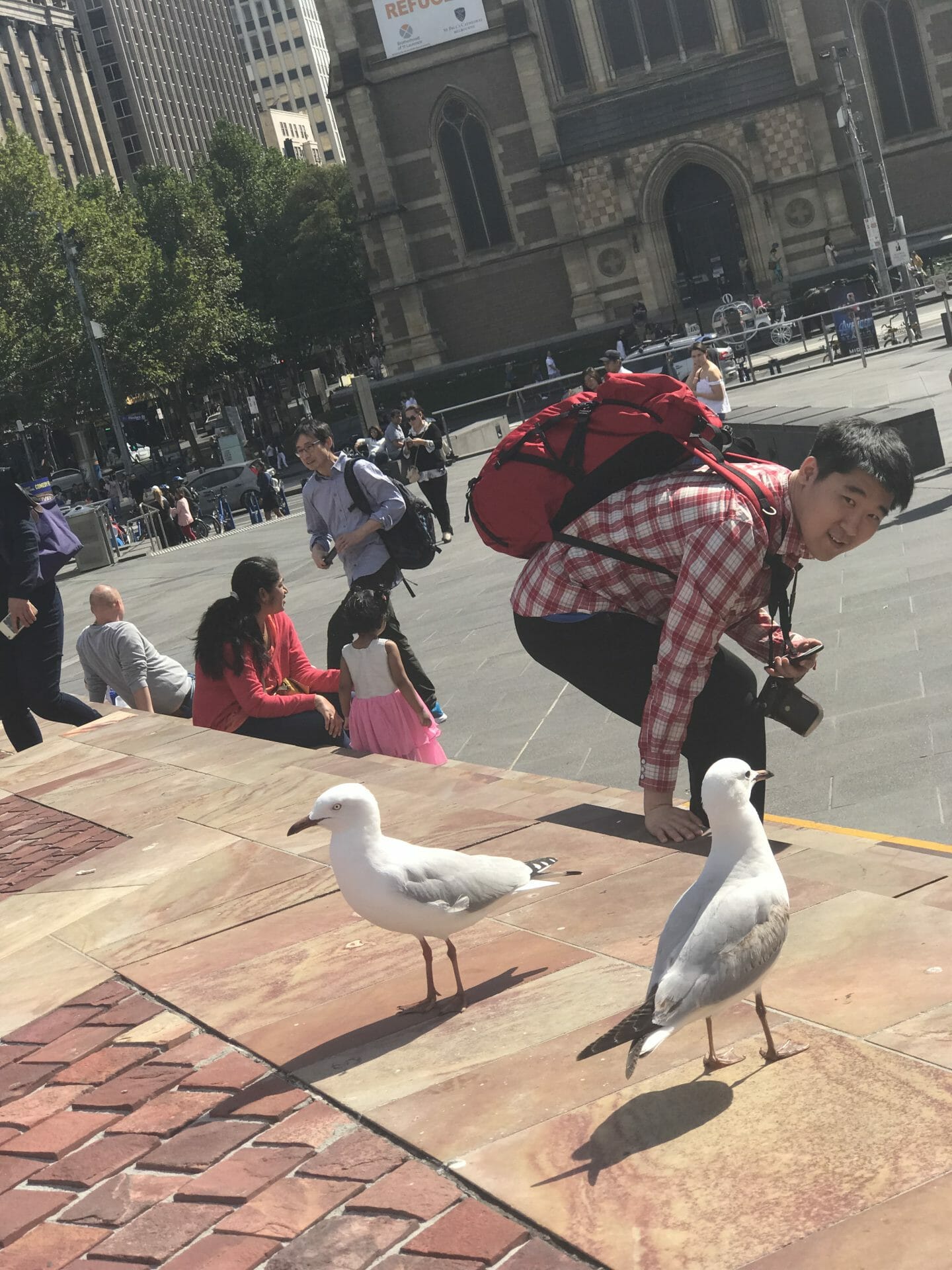
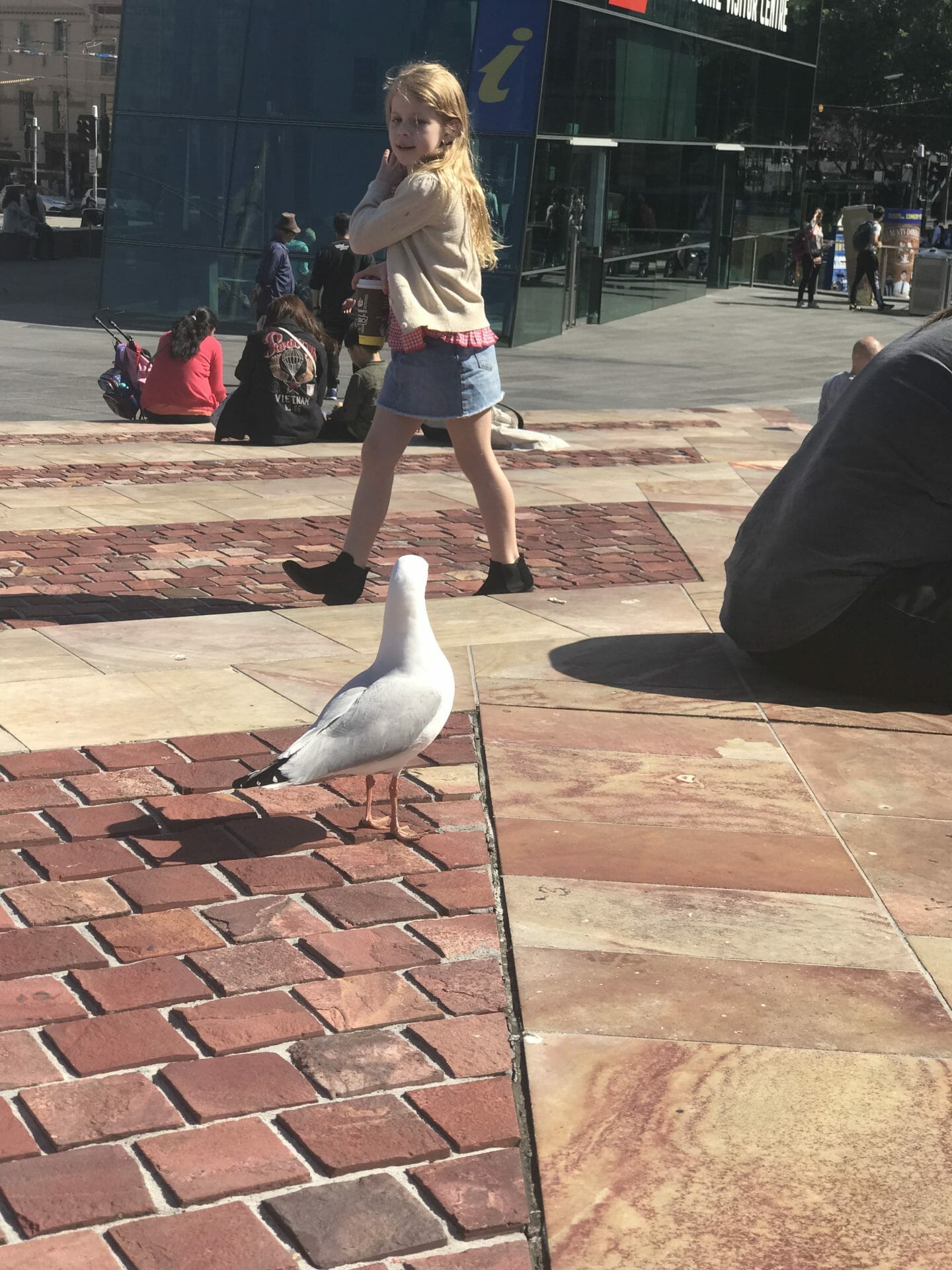
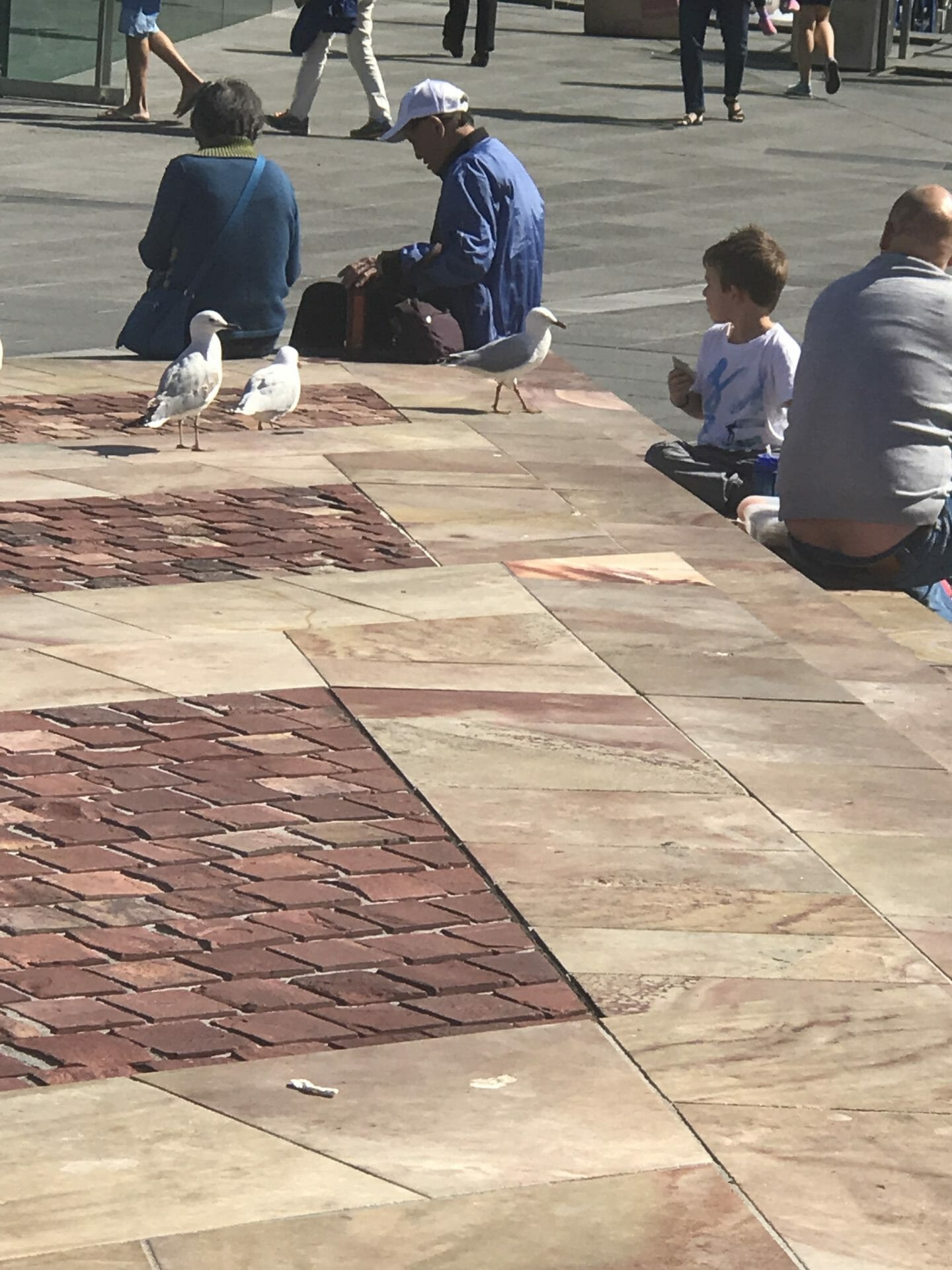
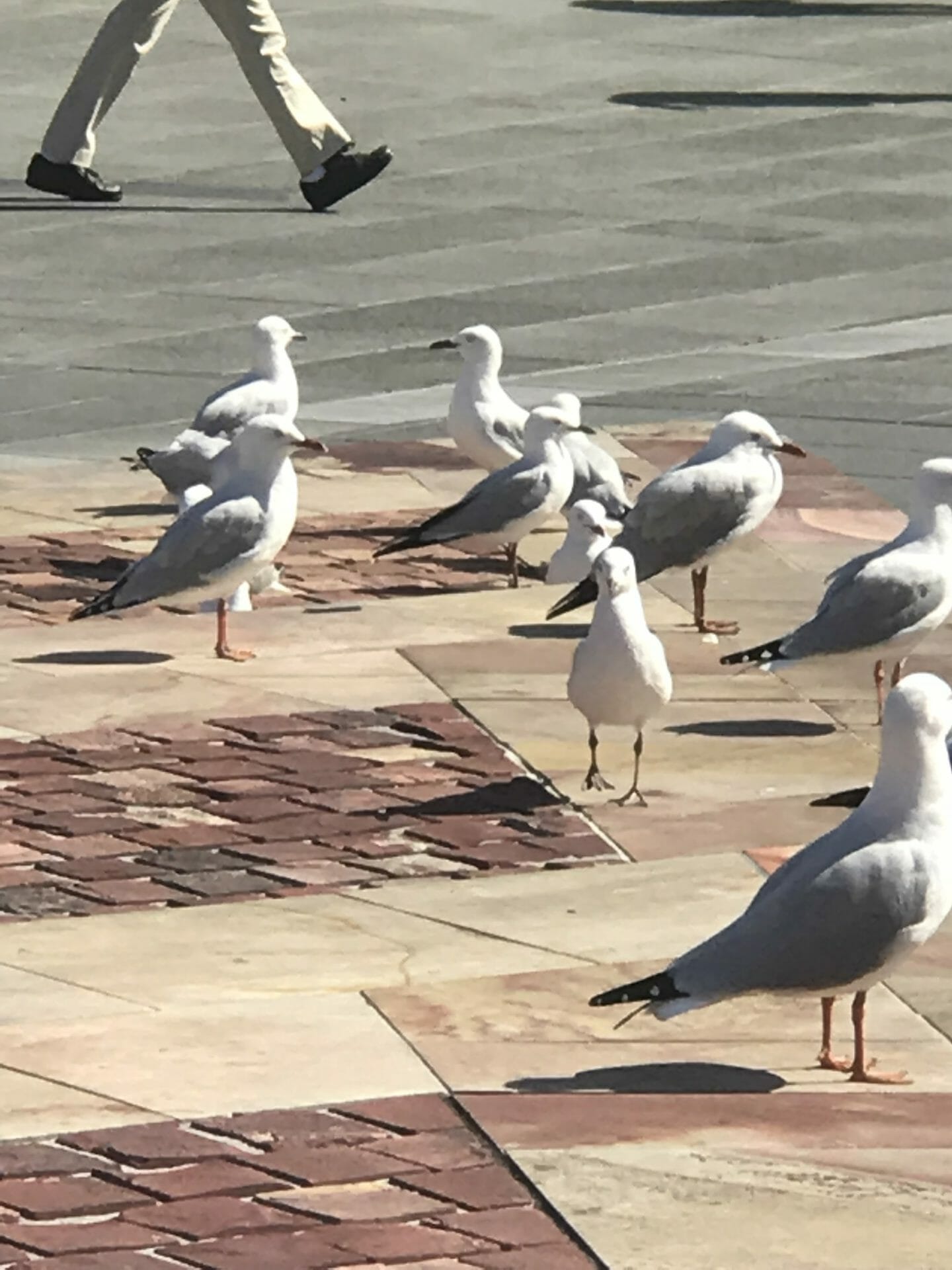
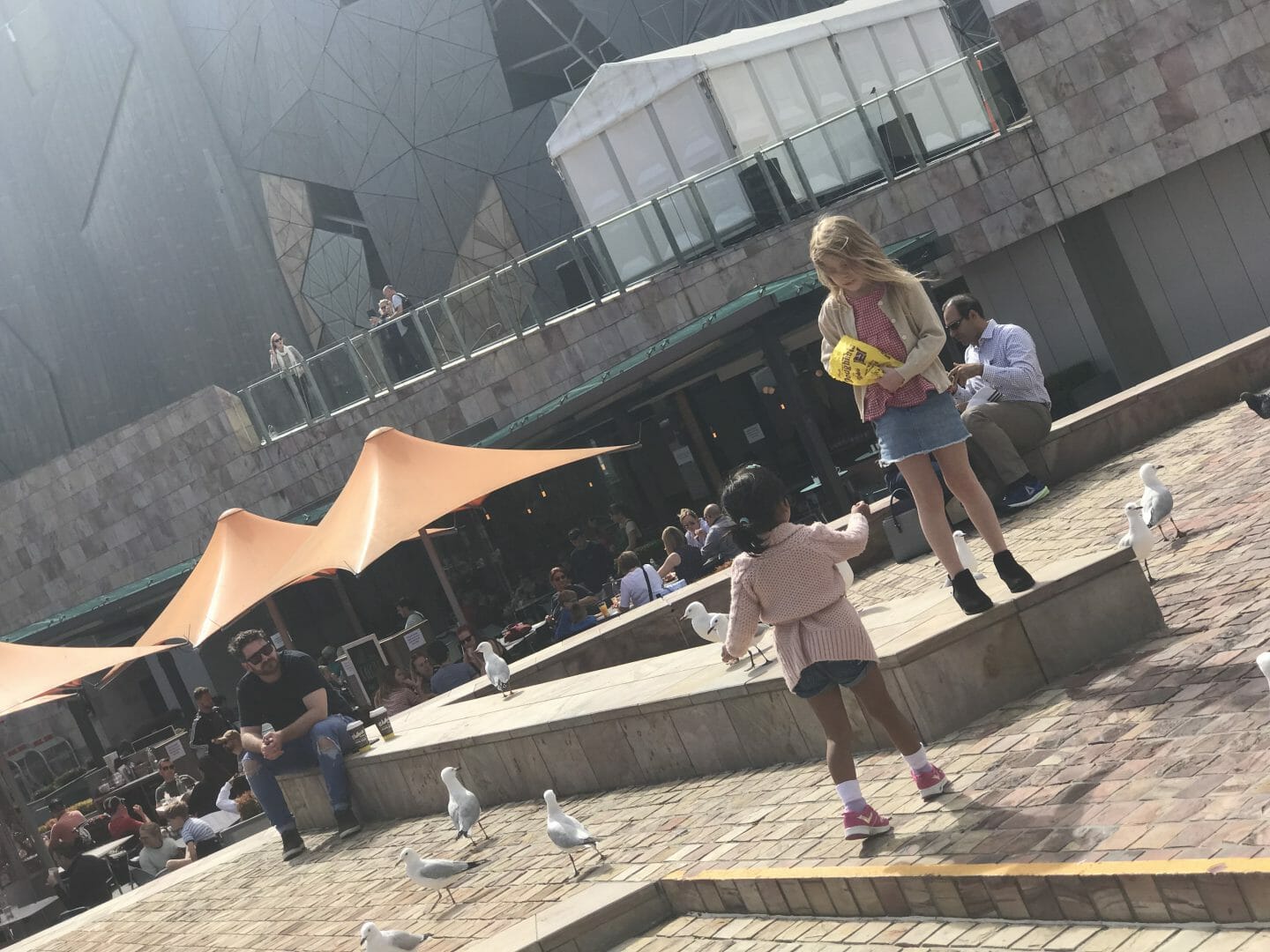
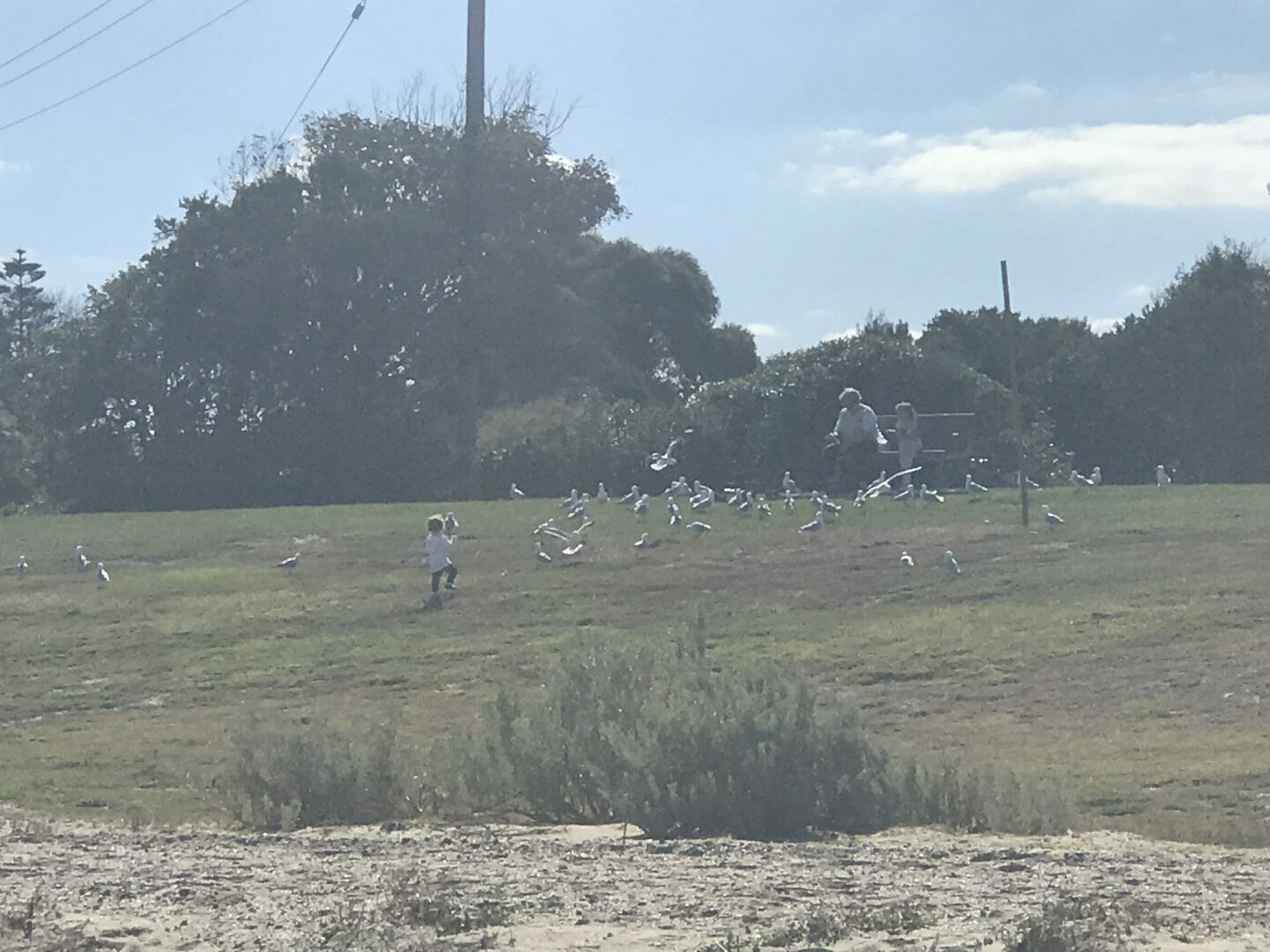
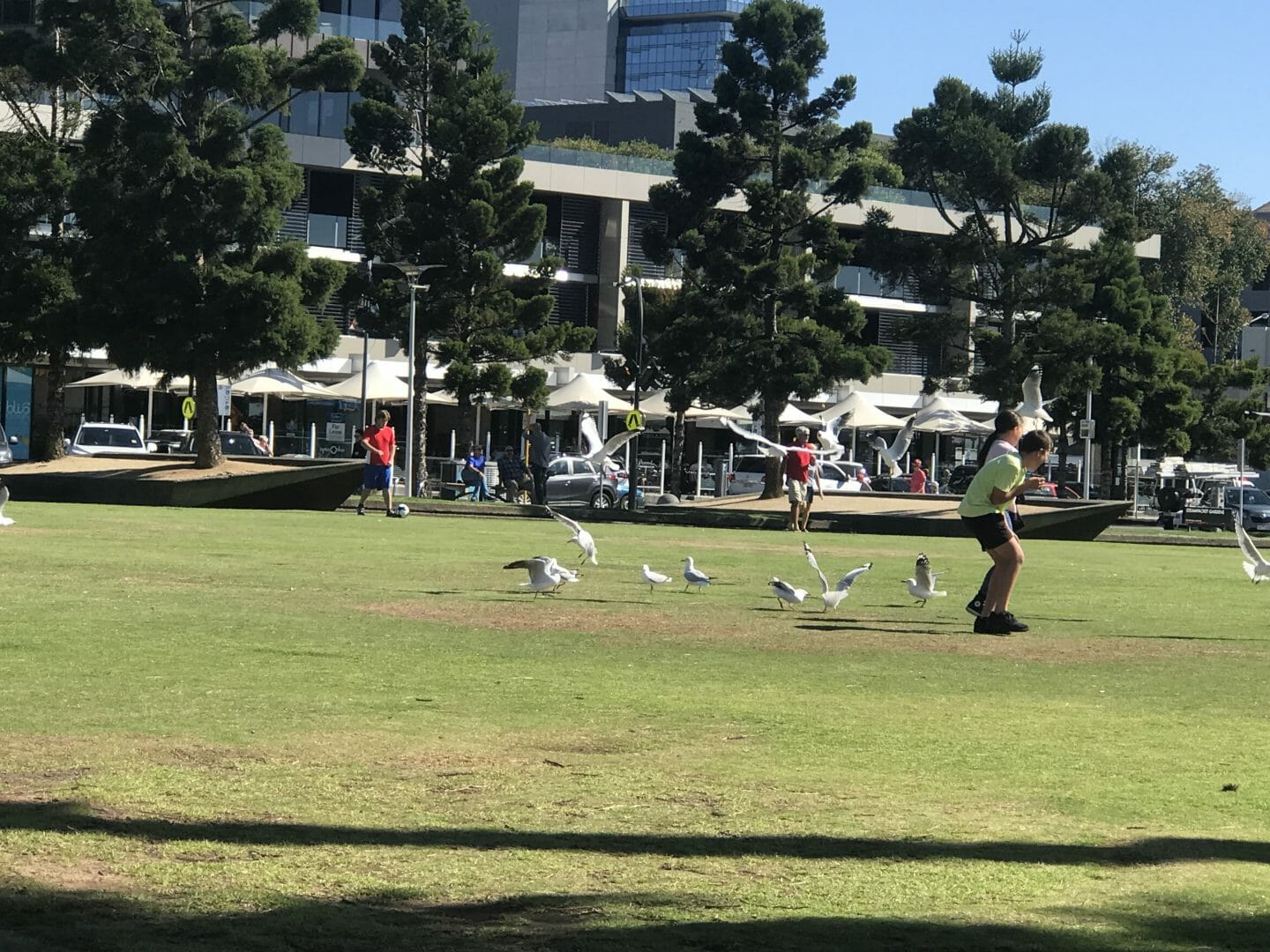
Leave a Reply